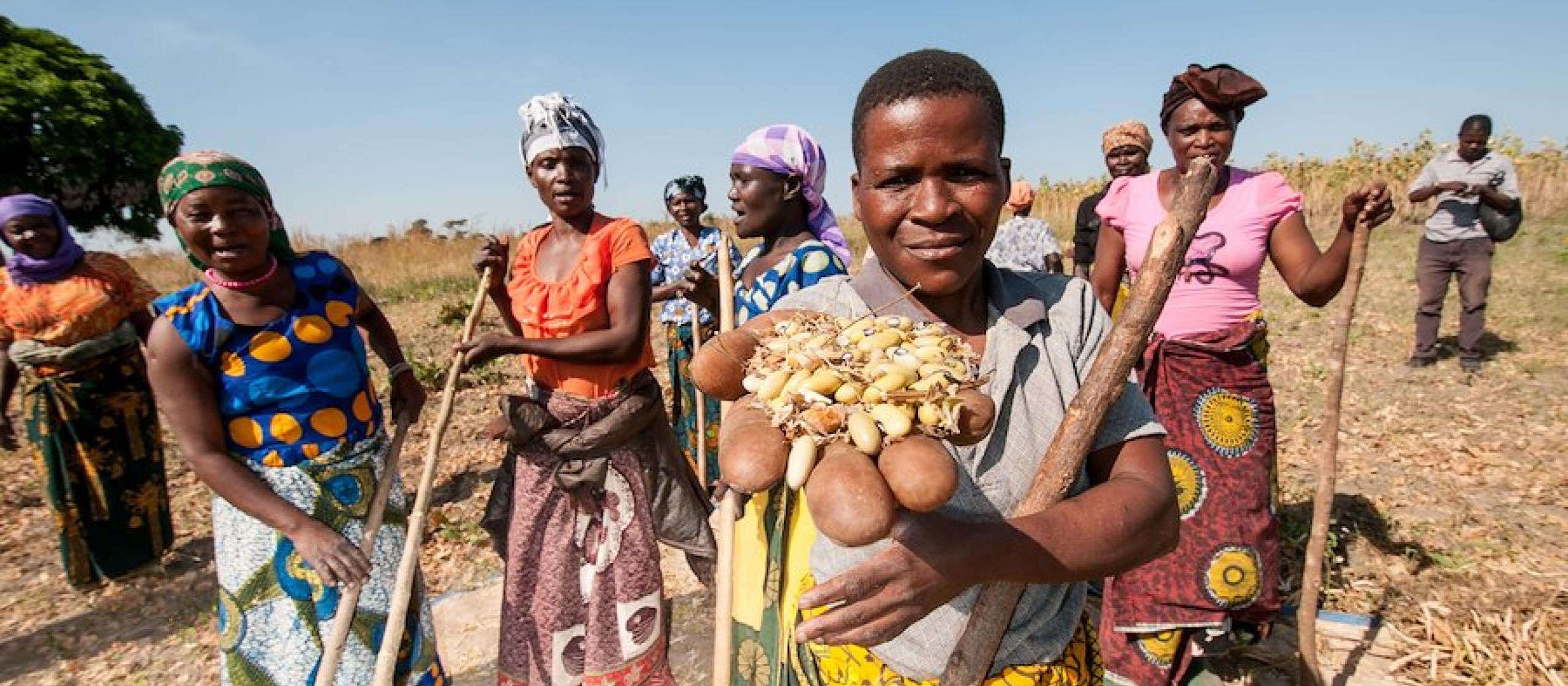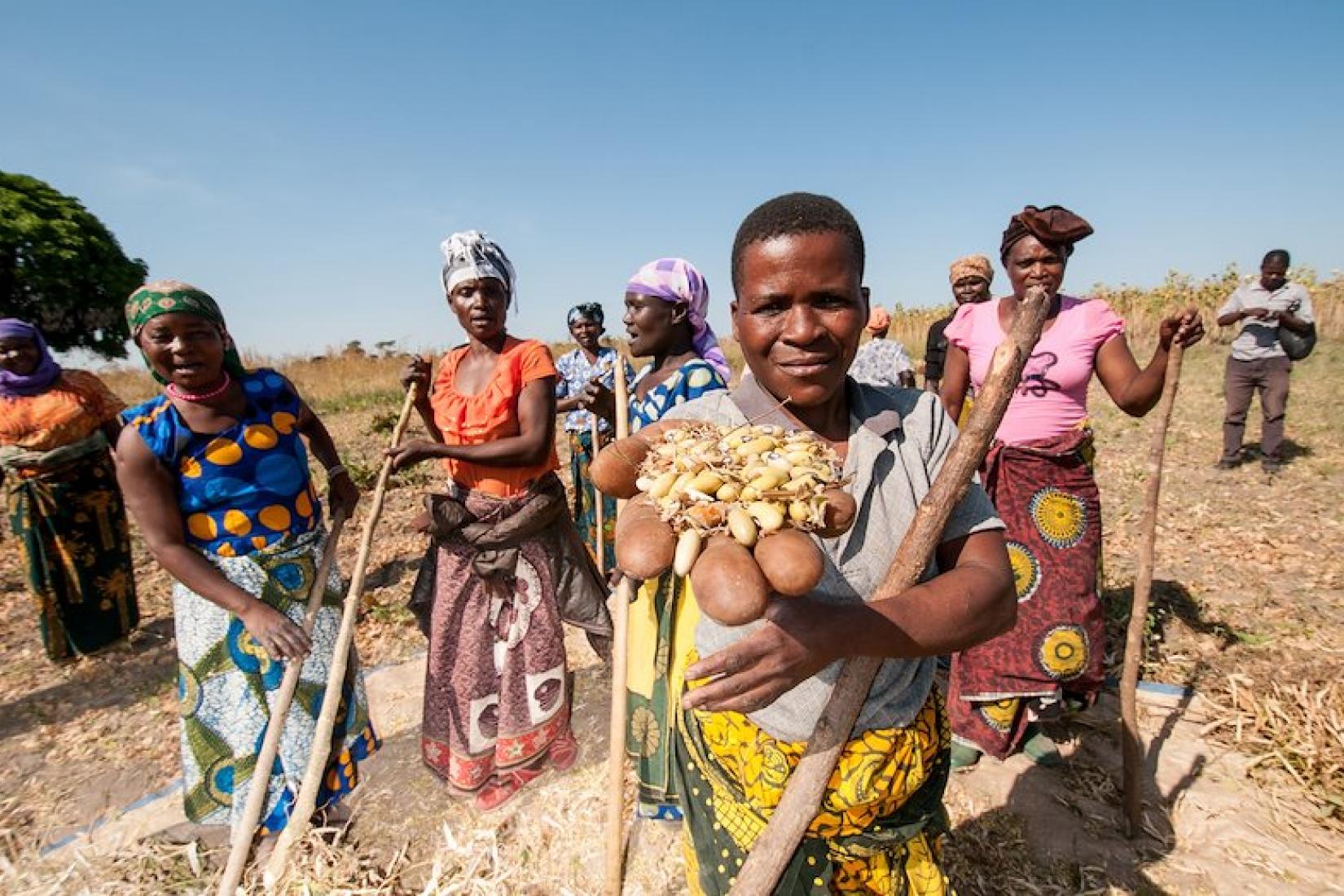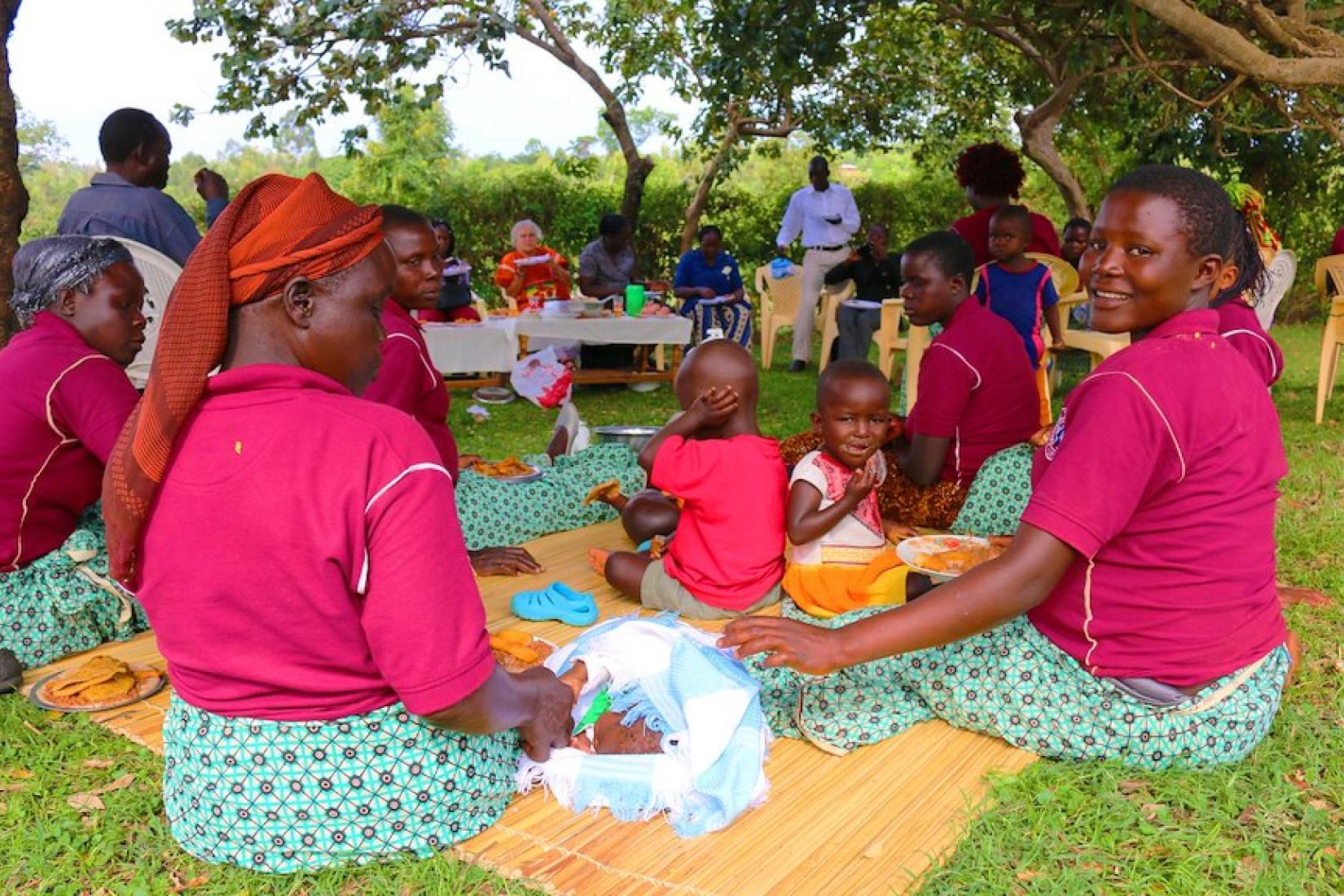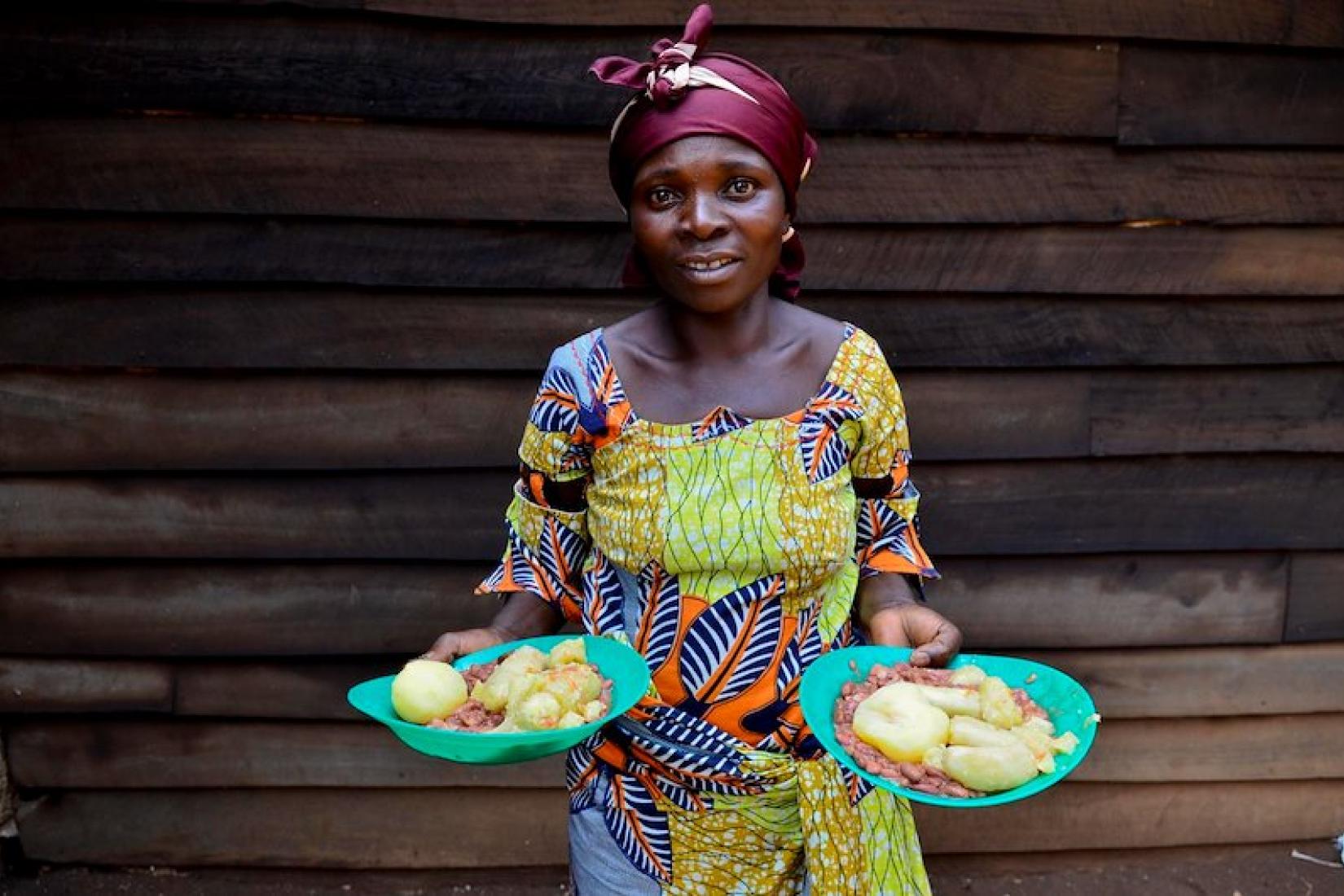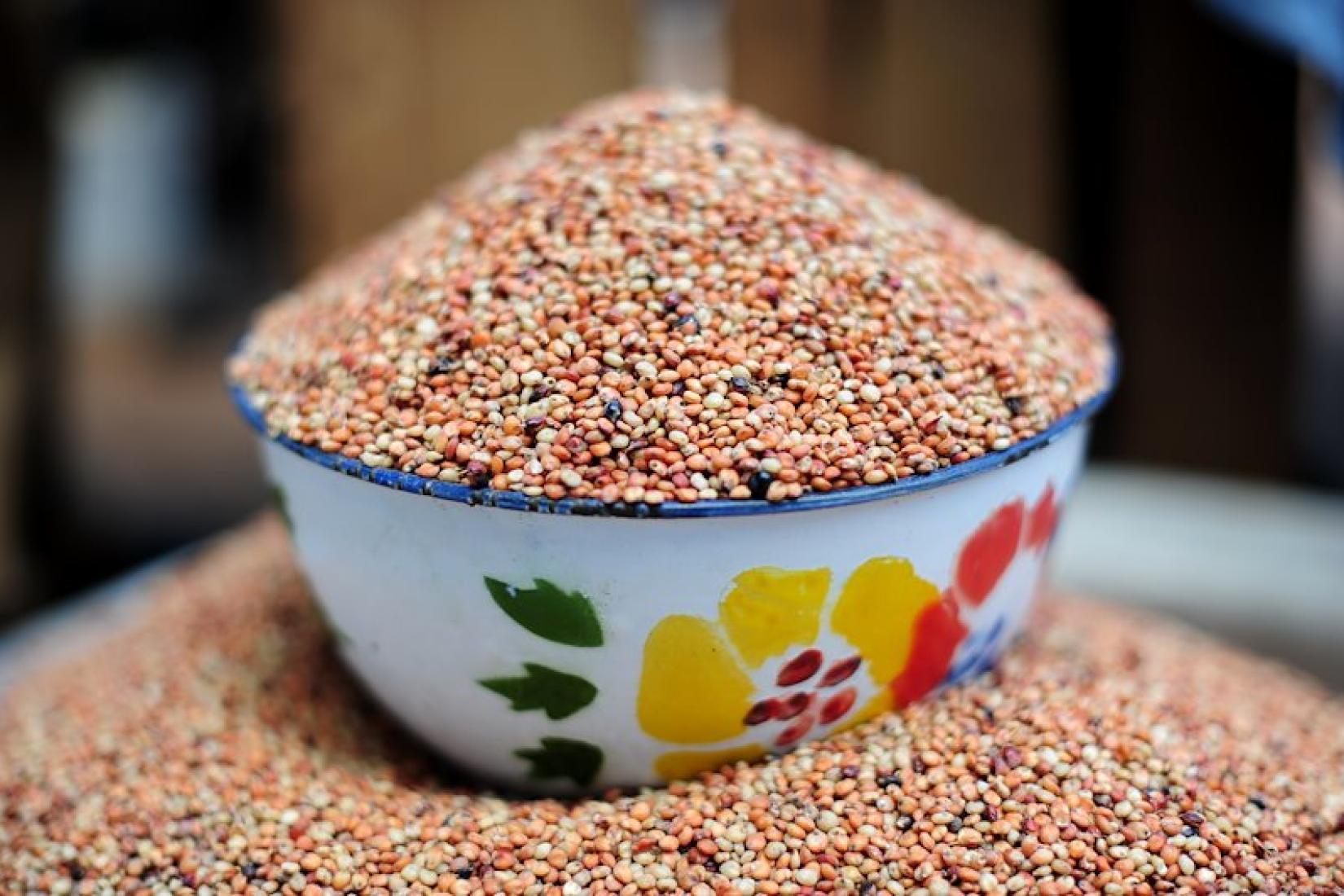Speakers said while agriculture may have answered the food quantity challenge successfully, it now needs to focus on food quality to ensure global nutrition needs are met. With current progress, the United Nations’ Sustainable Development Goal 2: ‘End hunger, achieve food security and improved nutrition and promote sustainable agriculture’ would be unlikely to be met by the 2025 target date.
Several speakers highlighted the complexity surrounding food quality, acknowledging the multilayered cultural, agricultural, political and geographical factors that affect food quality and nutrition. One theme was a call for more food diversity. This included the need to reassert the value of traditional and indigenous foods and recognise the important role they can play in improving global nutrition.
Dr Marco Wopereis, Director General of the World Vegetable Center (WorldVeg), for example, compared the nutritional value of traditional vegetables such as amaranth and moringa leaves with common cabbage. Amaranth and moringa outperformed cabbage on every measure. Moringa is especially rich in vitamin E, iron and folates and has a very high antioxidant activity score. However, Wopereis told the conference that unfortunately these traditional vegetables represent only 5% of the 60,000 accessions to the world’s largest collection of vegetable germplasm held in WorldVeg’s genebank.
Philmah Seta-Waken, an agronomist working with the National Agricultural Research Institute (and an ACIAR John Dillon Fellow), reinforced the importance of traditional vegetables in Papua New Guinea. Not only are vegetables such as amaranth, pit pit and slippery cabbage more nutritious, she said, ‘but they are generally better suited to the local climate, and require less fertiliser and insect and disease controls, than more globally popular vegetables’. Moringa, for example, which is native to India but grown widely in tropical and subtropical areas, is a fast-growing, drought-resistant tree, which also appears to be relatively disease-resistant.
